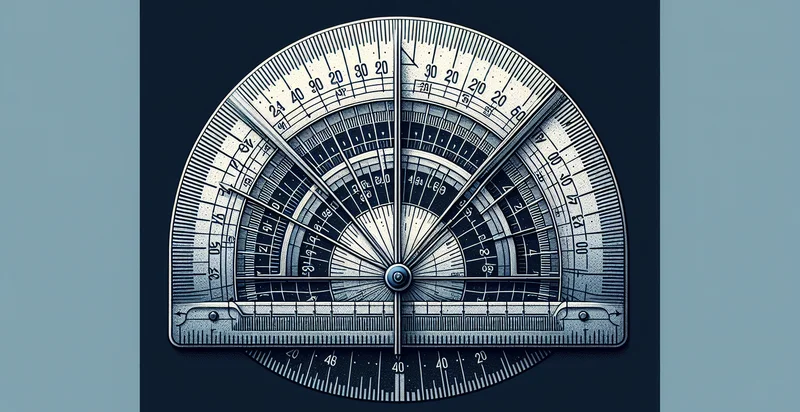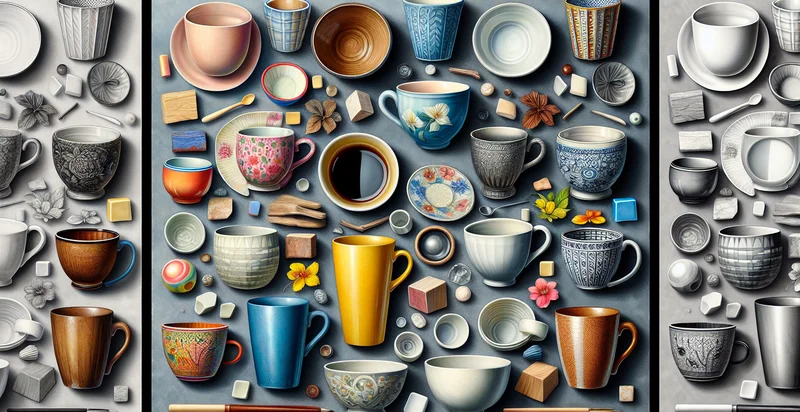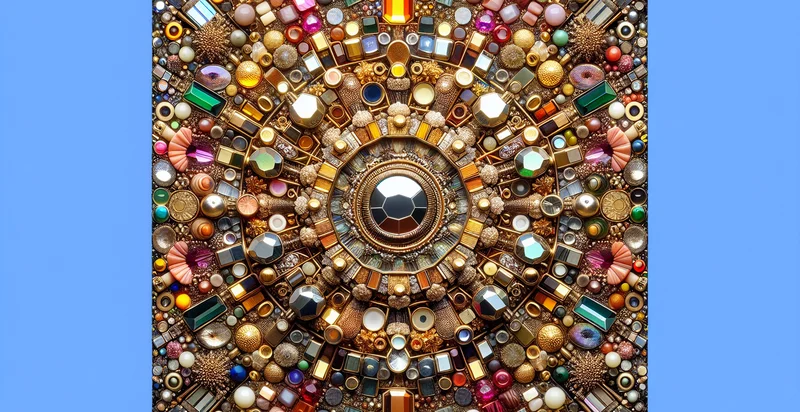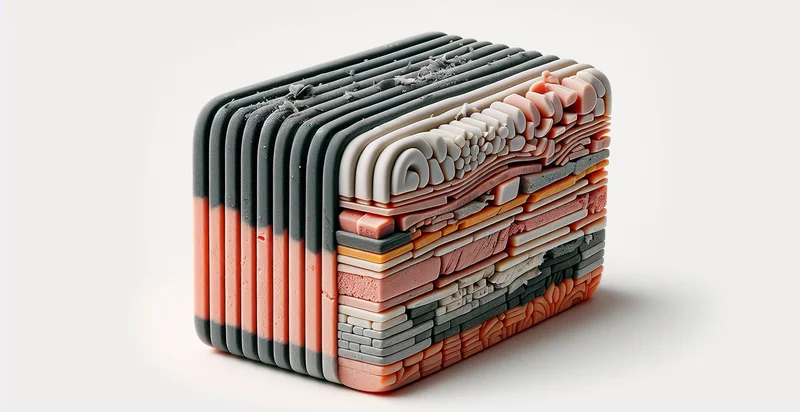Identify what material a protractor is made from
using AI
Below is a free classifier to identify what material a protractor is made from. Just upload your image, and our AI will predict what material a protractor is made from - in just seconds.

Contact us for API access
Or, use Nyckel to build highly-accurate custom classifiers in just minutes. No PhD required.
Get started
import nyckel
credentials = nyckel.Credentials("YOUR_CLIENT_ID", "YOUR_CLIENT_SECRET")
nyckel.invoke("what-material-a-protractor-is-made-from", "your_image_url", credentials)
fetch('https://www.nyckel.com/v1/functions/what-material-a-protractor-is-made-from/invoke', {
method: 'POST',
headers: {
'Authorization': 'Bearer ' + 'YOUR_BEARER_TOKEN',
'Content-Type': 'application/json',
},
body: JSON.stringify(
{"data": "your_image_url"}
)
})
.then(response => response.json())
.then(data => console.log(data));
curl -X POST \
-H "Content-Type: application/json" \
-H "Authorization: Bearer YOUR_BEARER_TOKEN" \
-d '{"data": "your_image_url"}' \
https://www.nyckel.com/v1/functions/what-material-a-protractor-is-made-from/invoke
How this classifier works
To start, upload your image. Our AI tool will then predict what material a protractor is made from.
This pretrained image model uses a Nyckel-created dataset and has 12 labels, including Acrylic, Aluminum, Cardboard, Ceramic, Composite Material, Fiberboard, Glass, Metal, Plastic and Rubber.
We'll also show a confidence score (the higher the number, the more confident the AI model is around what material a protractor is made from).
Whether you're just curious or building what material a protractor is made from detection into your application, we hope our classifier proves helpful.
Related Classifiers
Need to identify what material a protractor is made from at scale?
Get API or Zapier access to this classifier for free. It's perfect for:
- Quality Control in Manufacturing: Manufacturers can utilize the image classification function to automatically verify the materials of protractors during the production process. By ensuring that the correct materials are used, companies can maintain product quality and reduce waste from incorrect materials.
- Supply Chain Verification: This function can assist quality assurance teams in confirming the material specifications of protractors received from suppliers. By quickly classifying the materials, businesses can prevent potential discrepancies that may lead to customer dissatisfaction.
- Product Categorization for E-commerce: E-commerce platforms can integrate this image classification function to categorize protractors based on their material compositions. This would enable customers to filter products more effectively, leading to a more tailored shopping experience.
- Educational Tools Development: Educational institutions can use image classification technology to help students learn about different materials and their properties. By identifying the material of various protractors, students can engage in hands-on experiments and strengthen their understandings of material science.
- Customization and Design Optimization: Designers and engineers can leverage this classification function to analyze different protractor materials when developing new tools. Understanding material properties can lead to improved designs that enhance functionality and user experience.
- Market Research and Trend Analysis: Businesses can employ this technology to gather data on the material usage trends in protractor production. By analyzing image data from various products, companies can identify market preferences and adjust their offerings accordingly.
- Environmental Impact Assessment: Organizations focused on sustainability can use this function to evaluate the environmental impact of different protractor materials. By classifying materials accurately, they can assess ecological footprints and guide consumers towards more sustainable choices.


